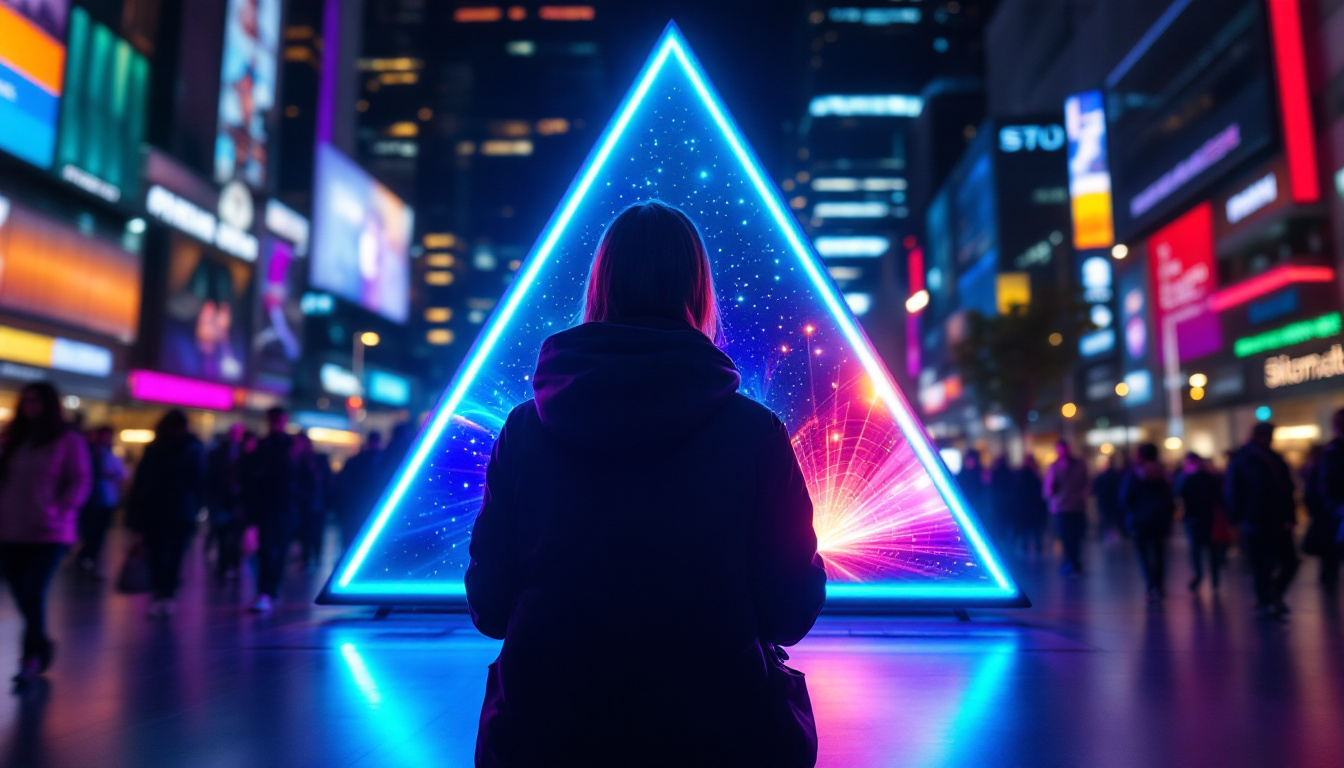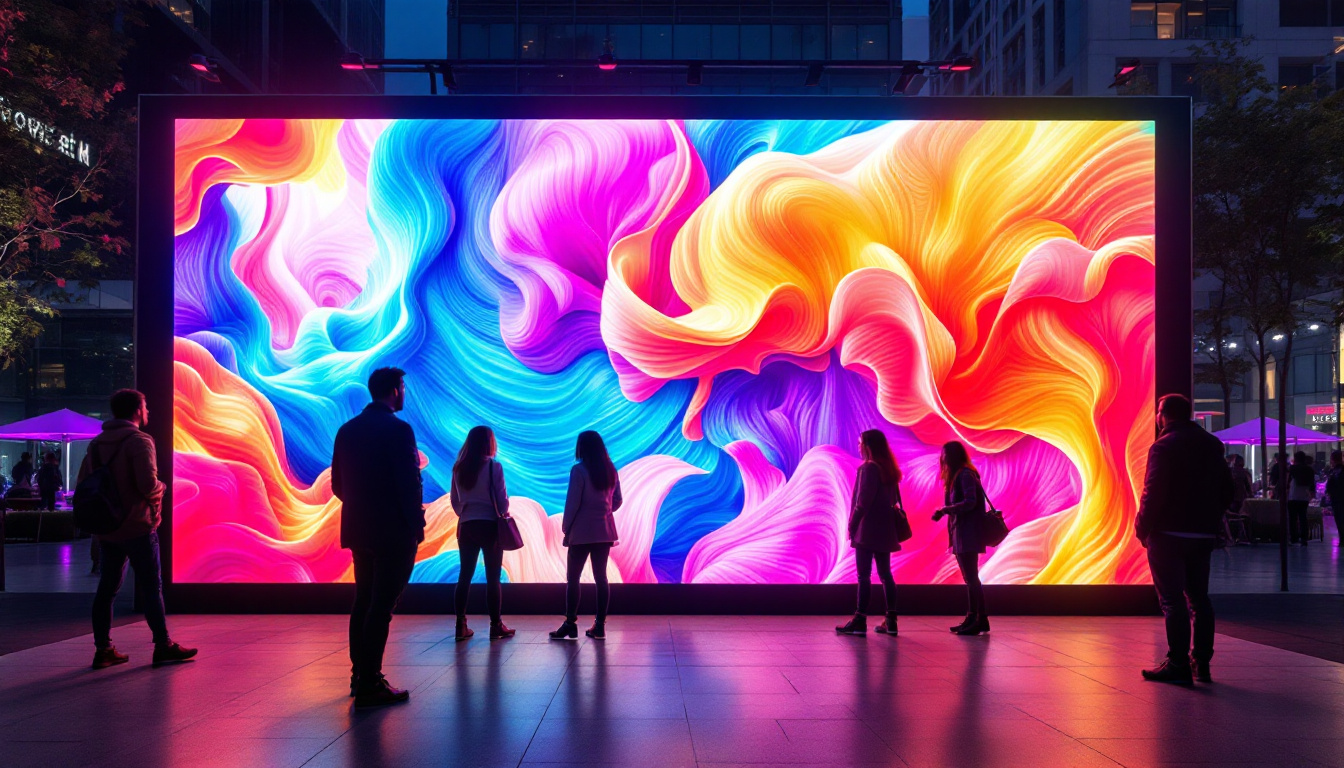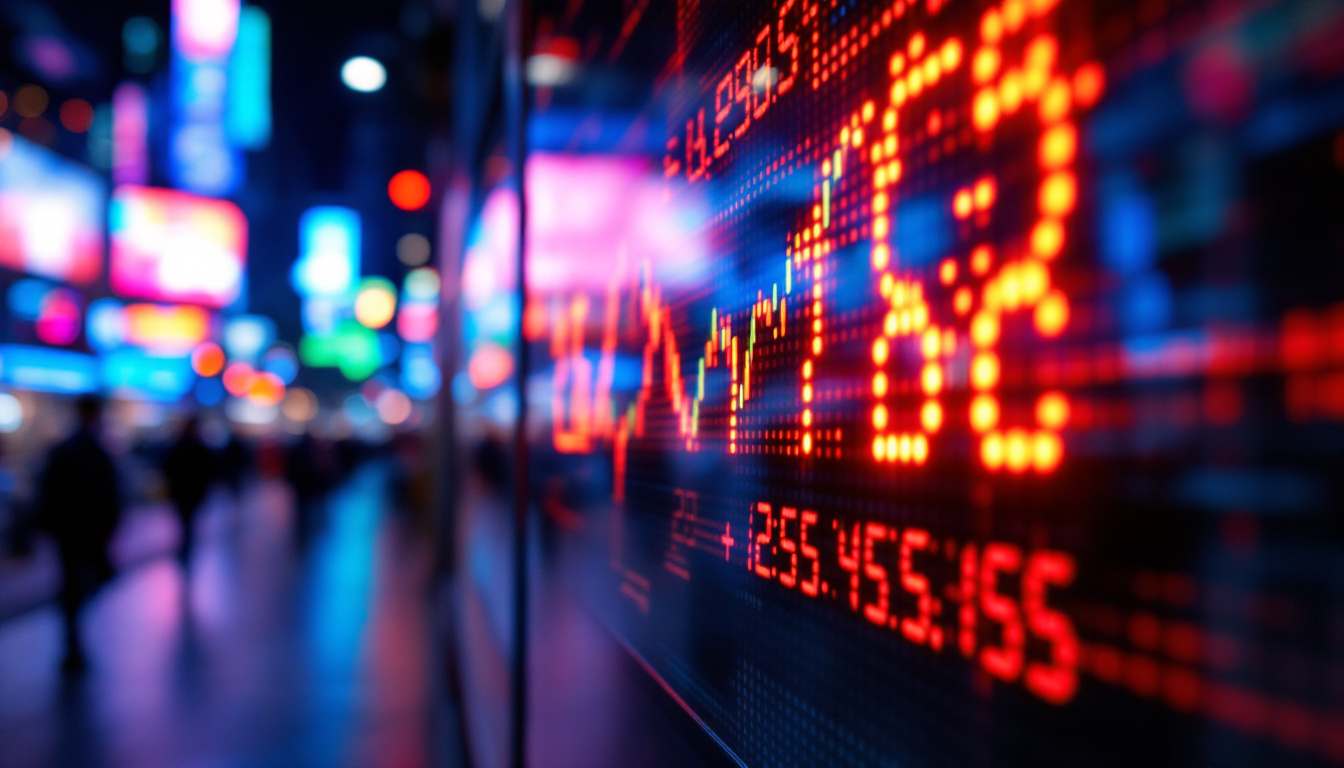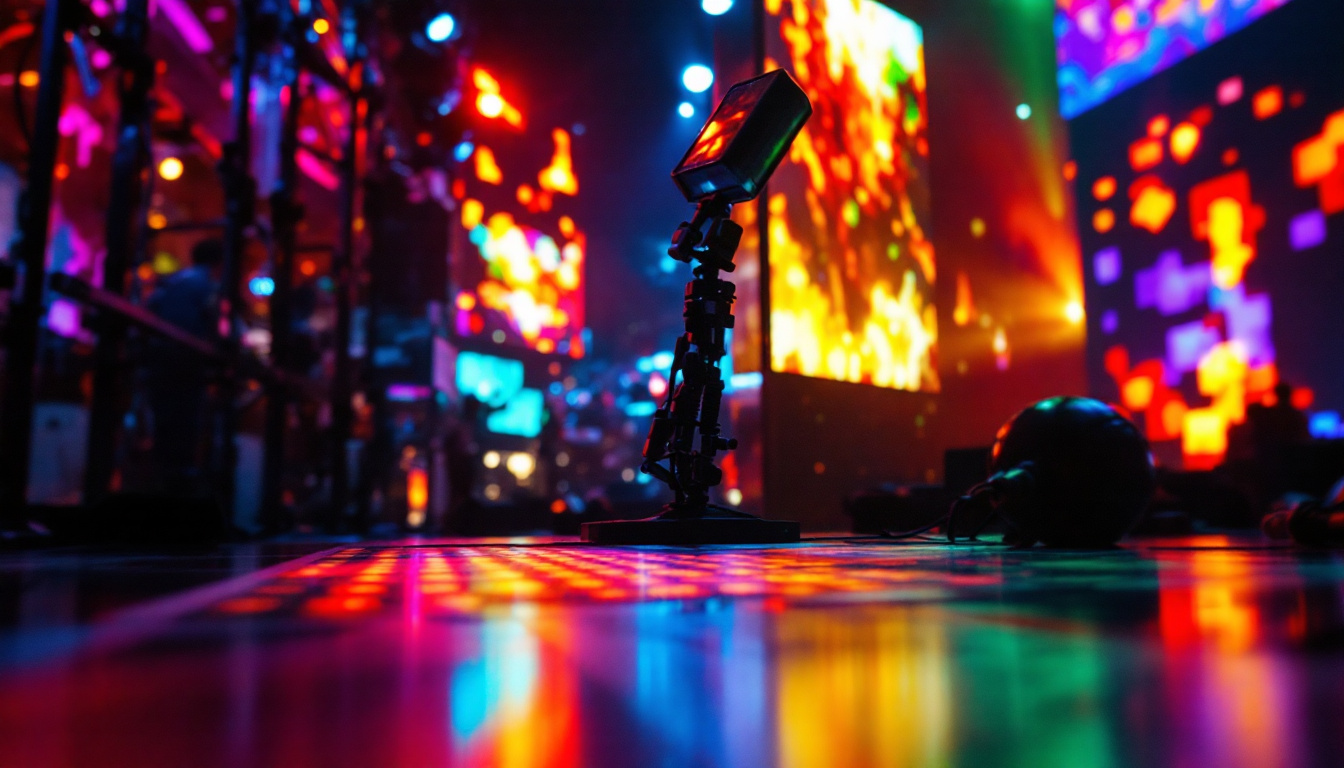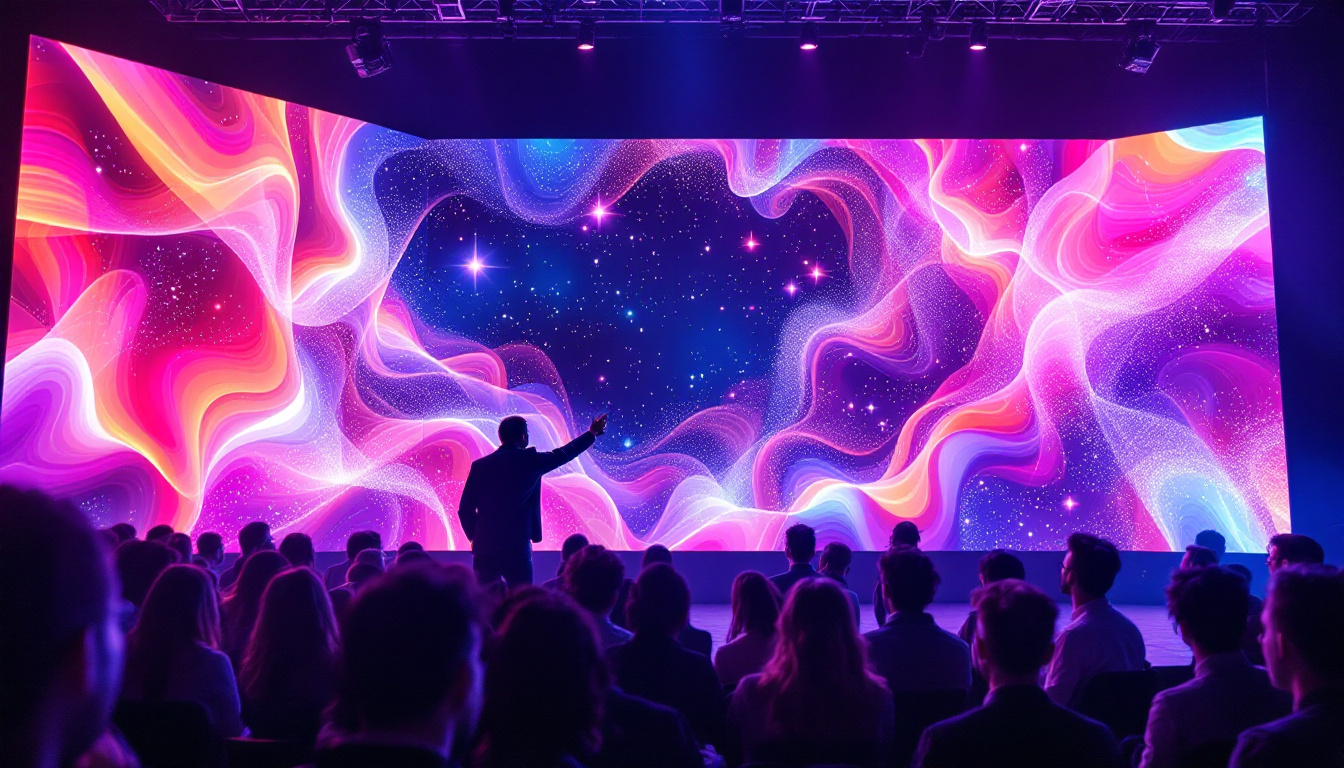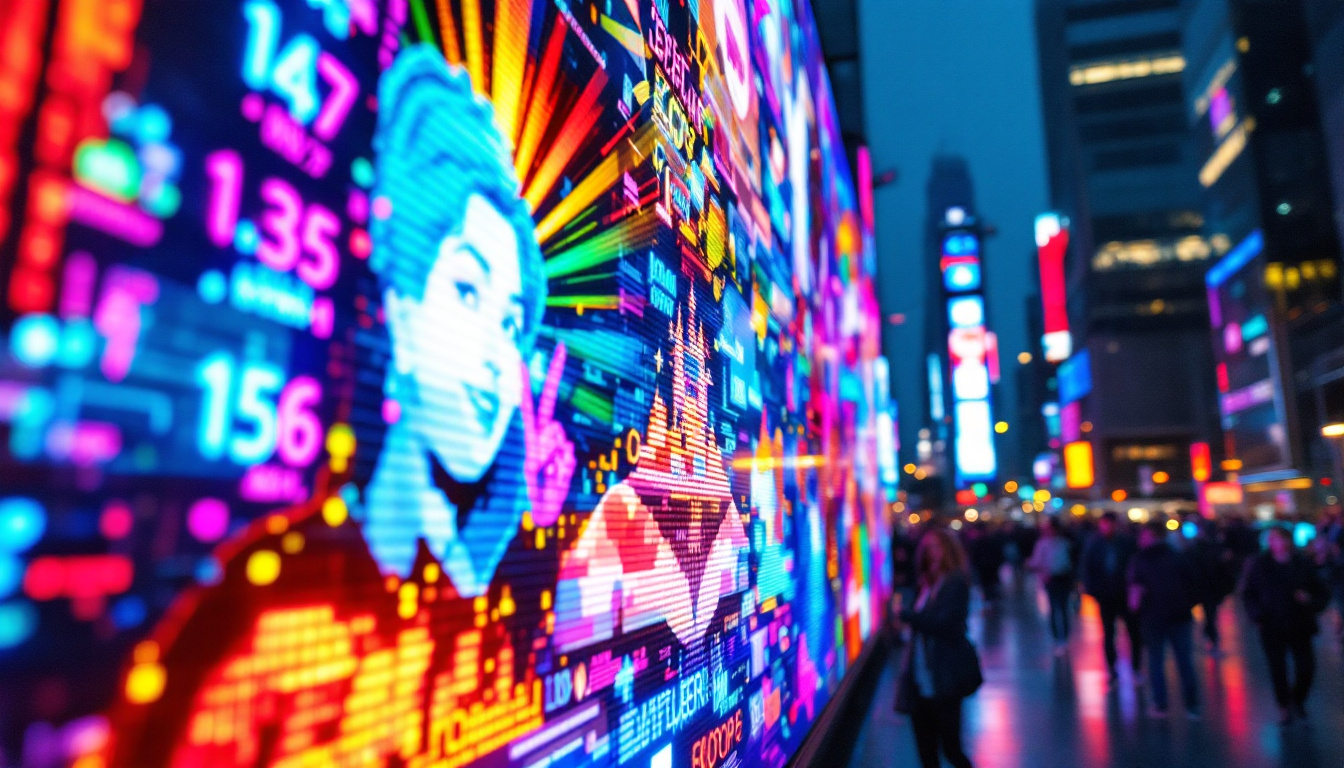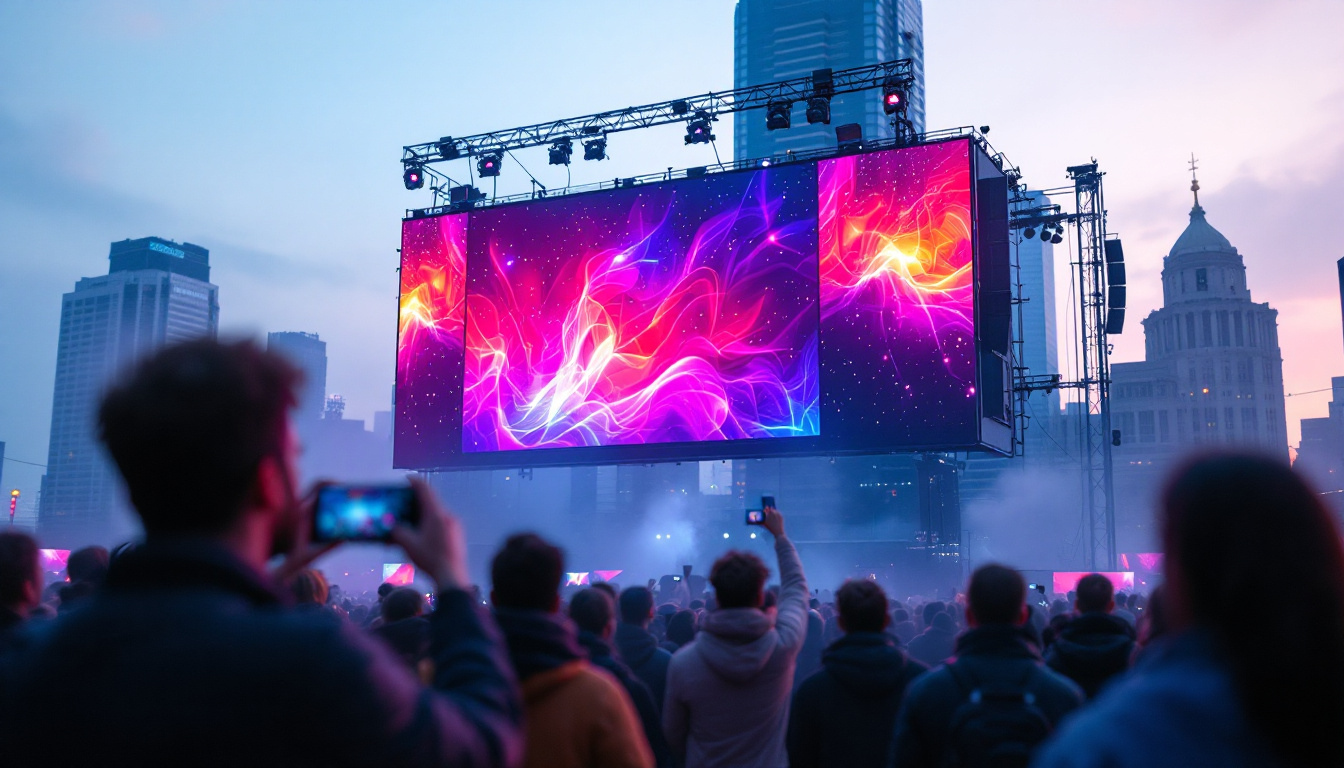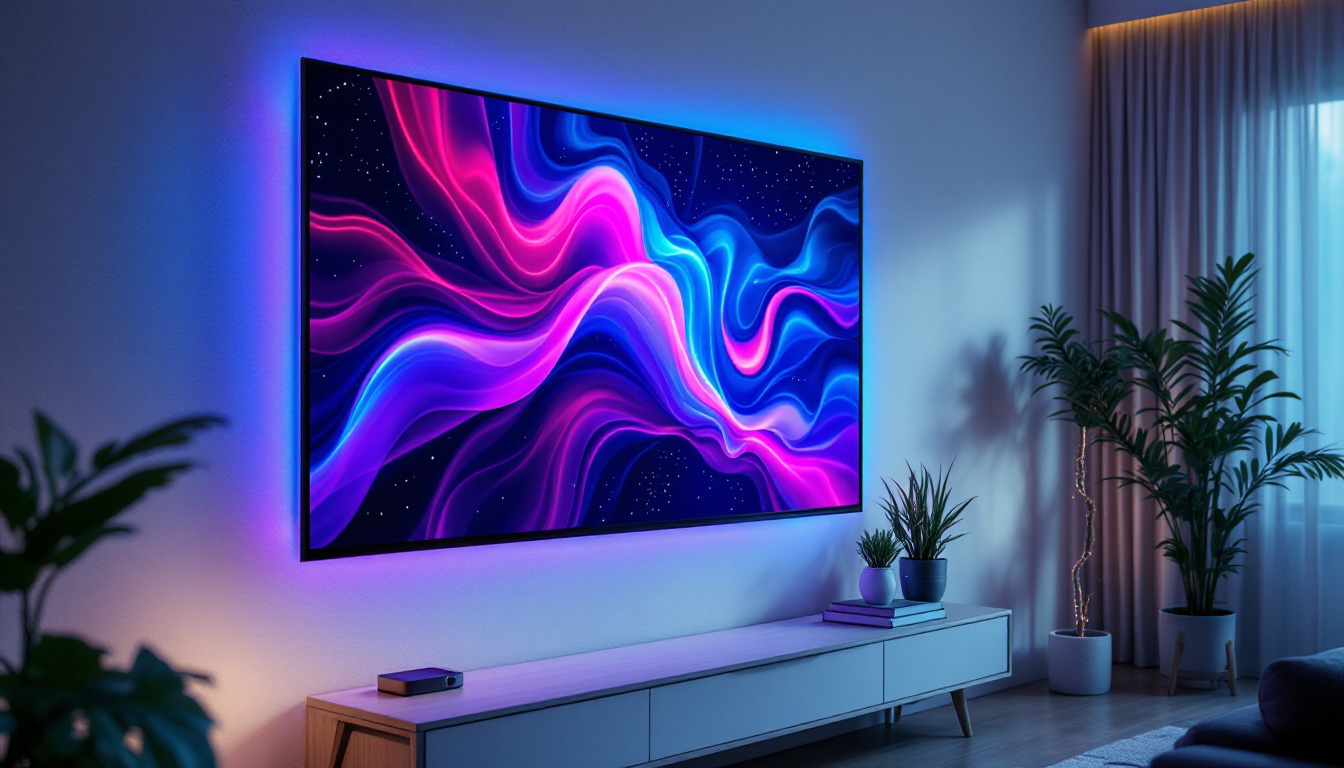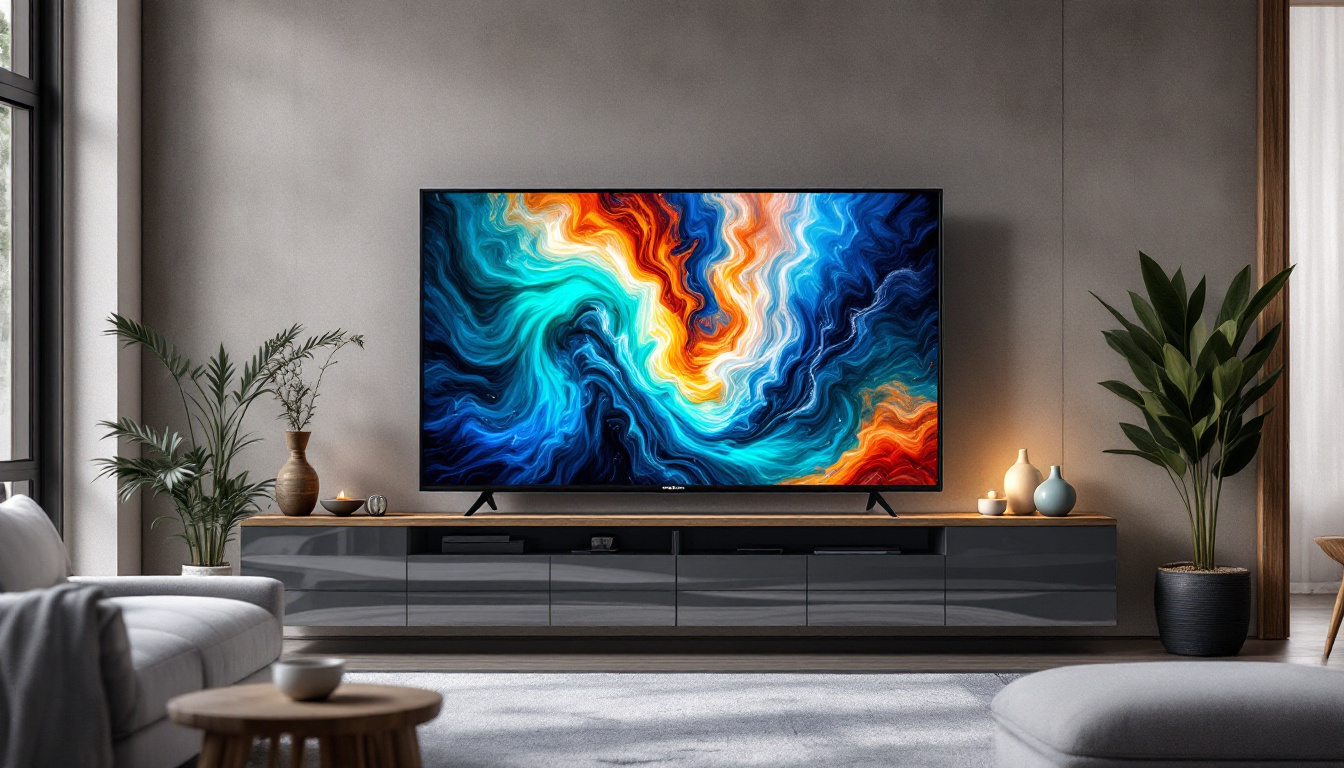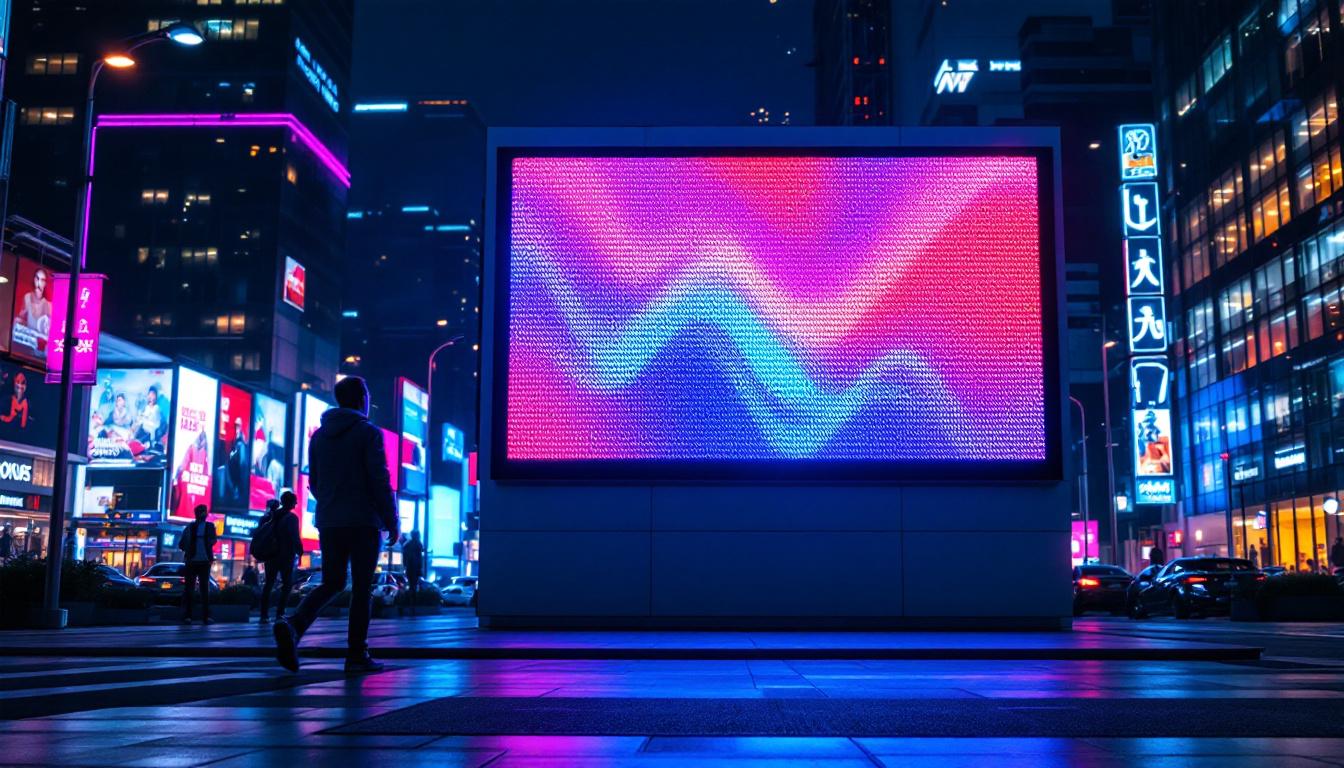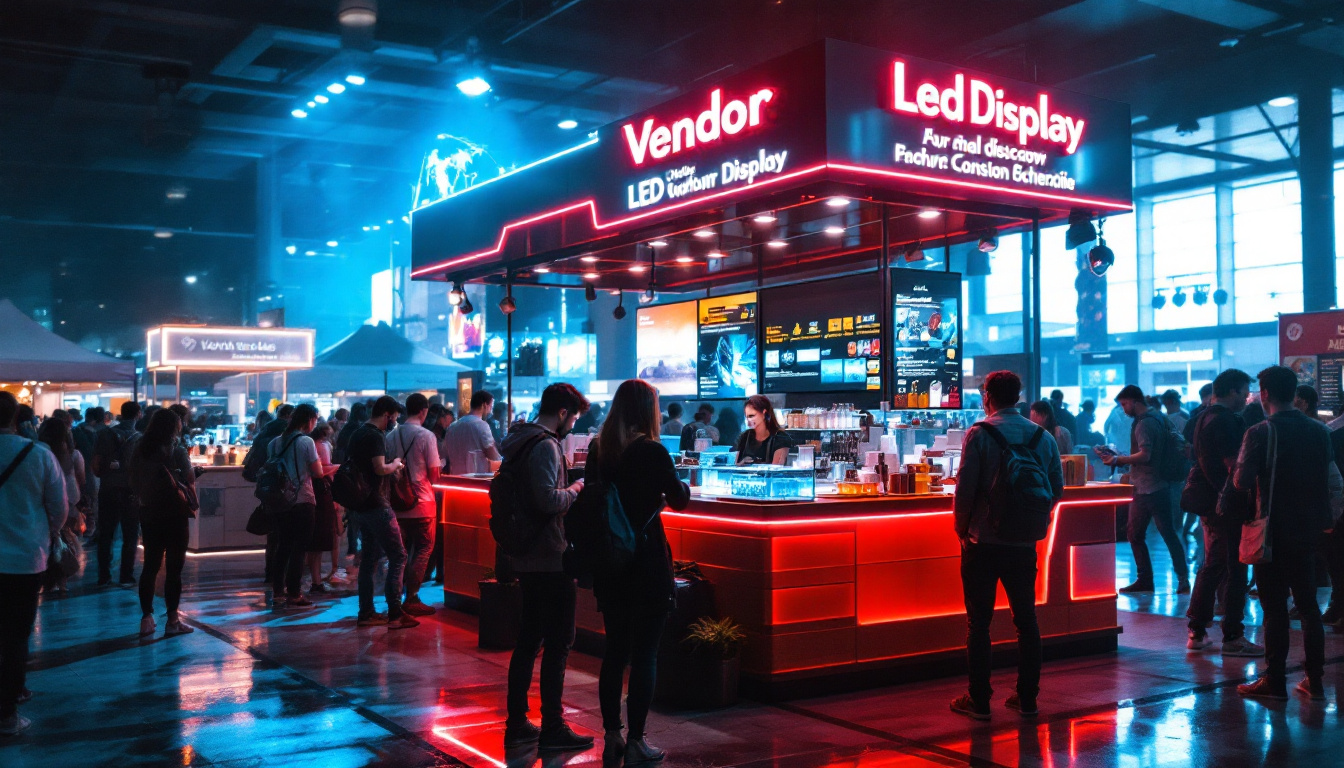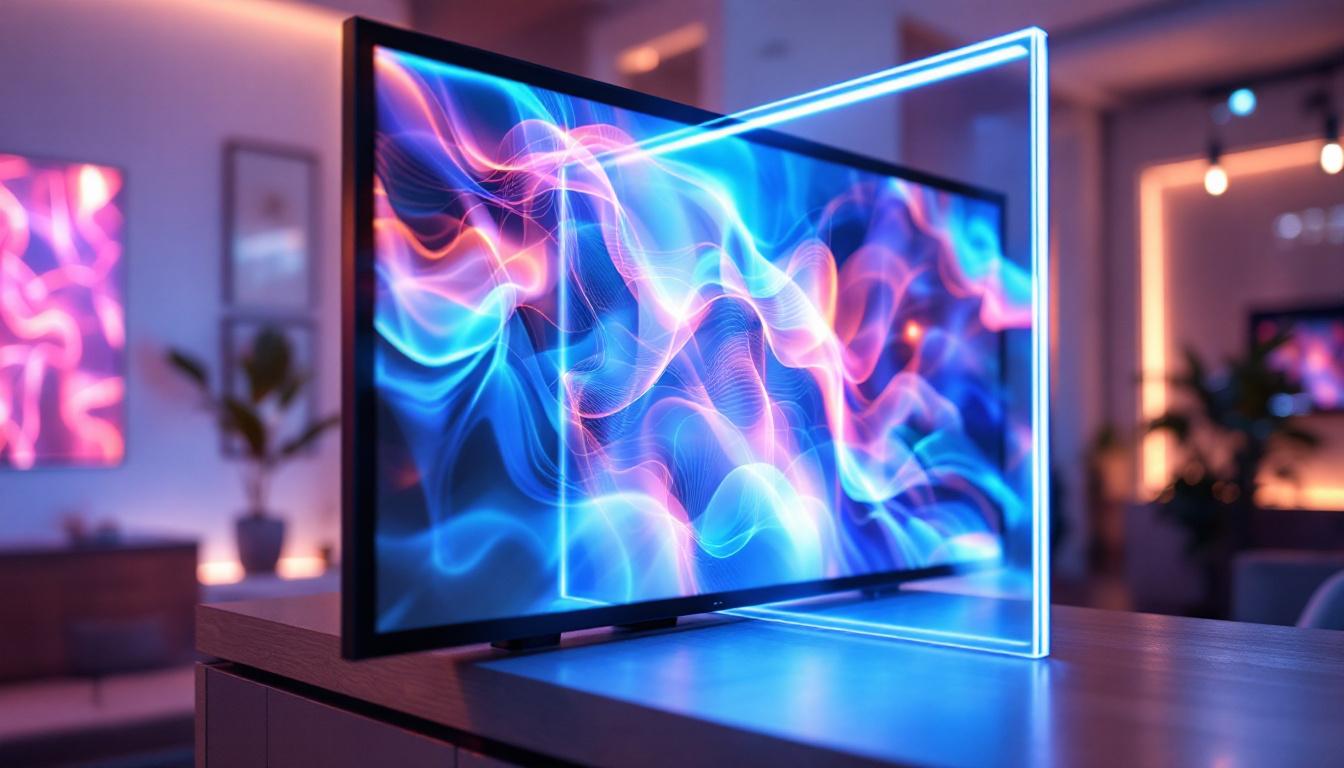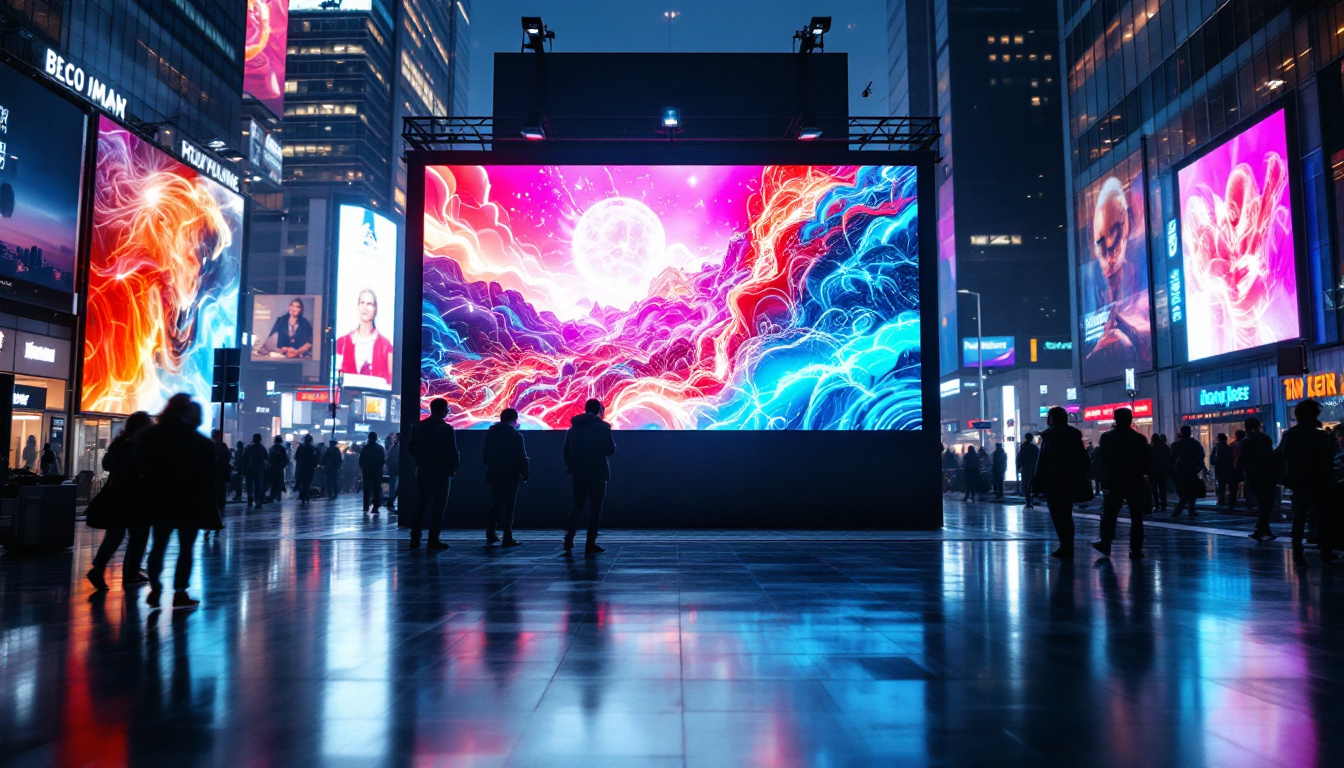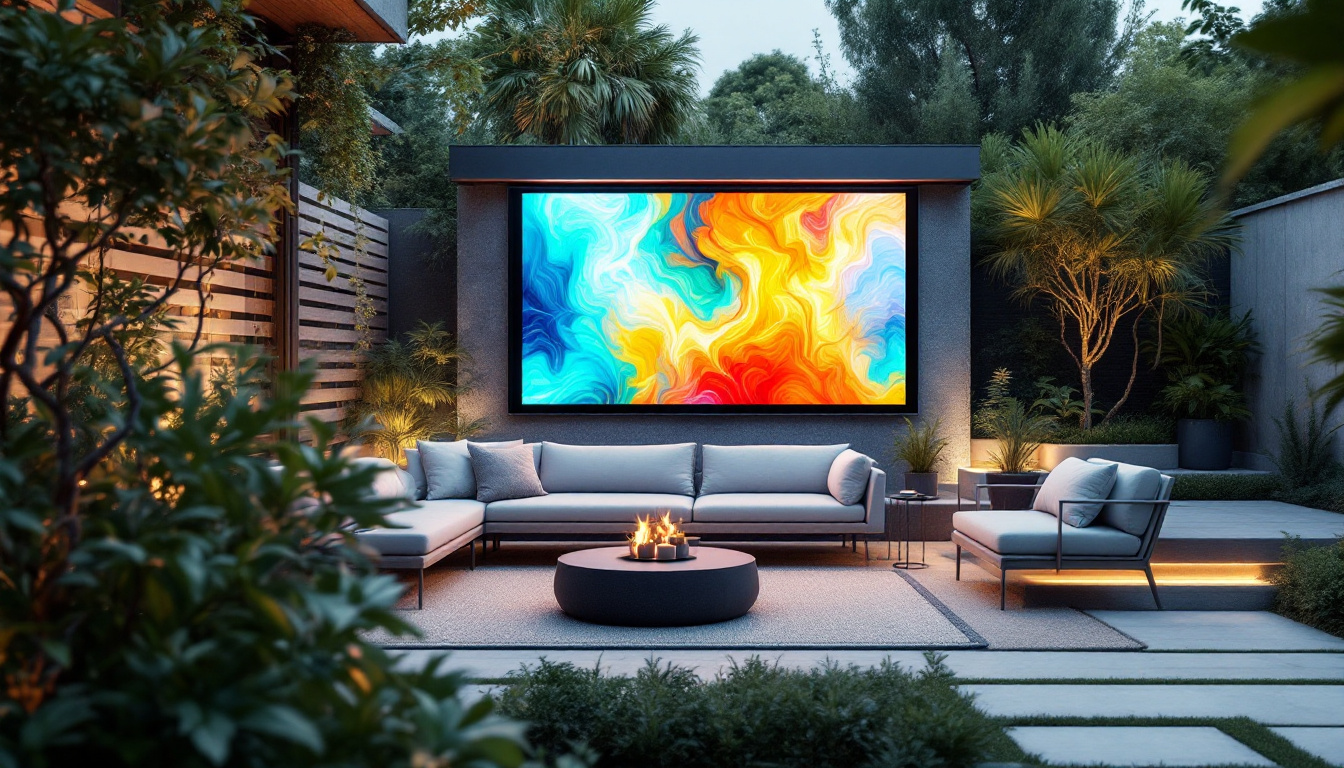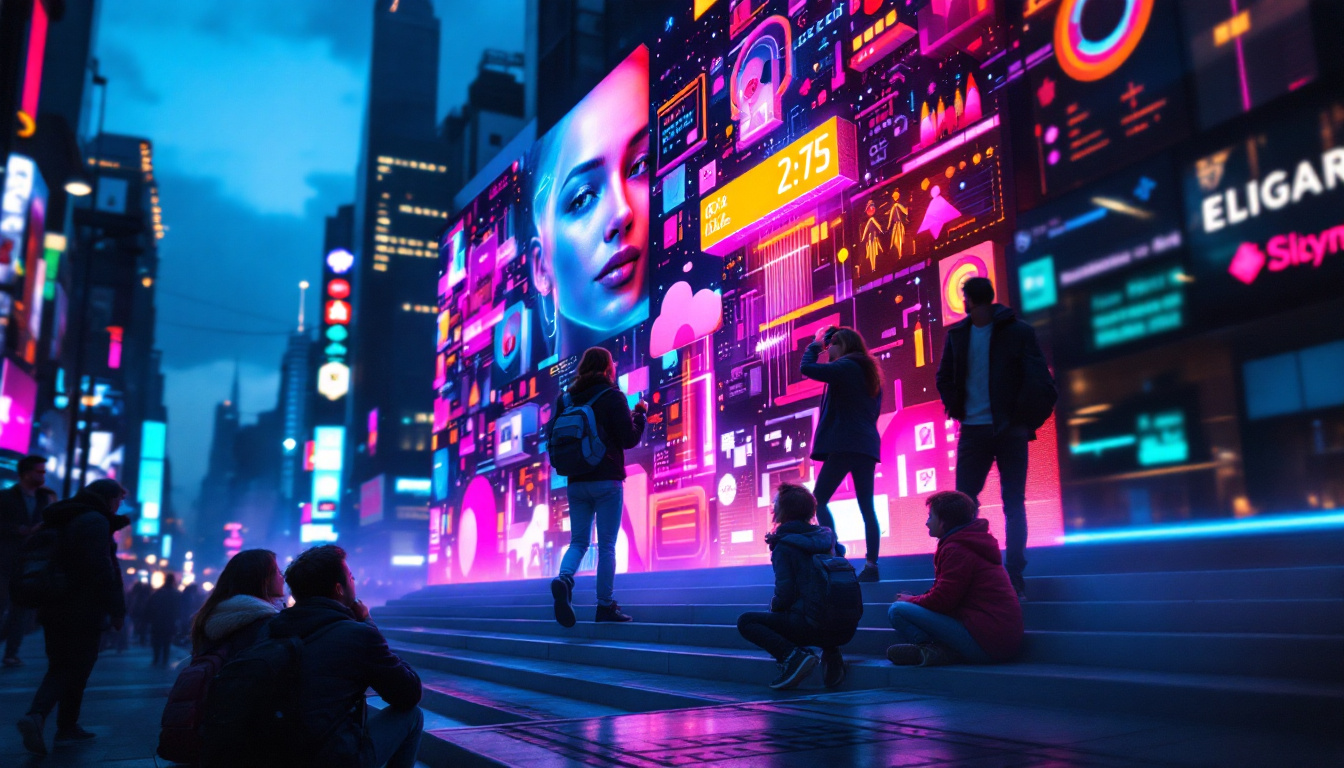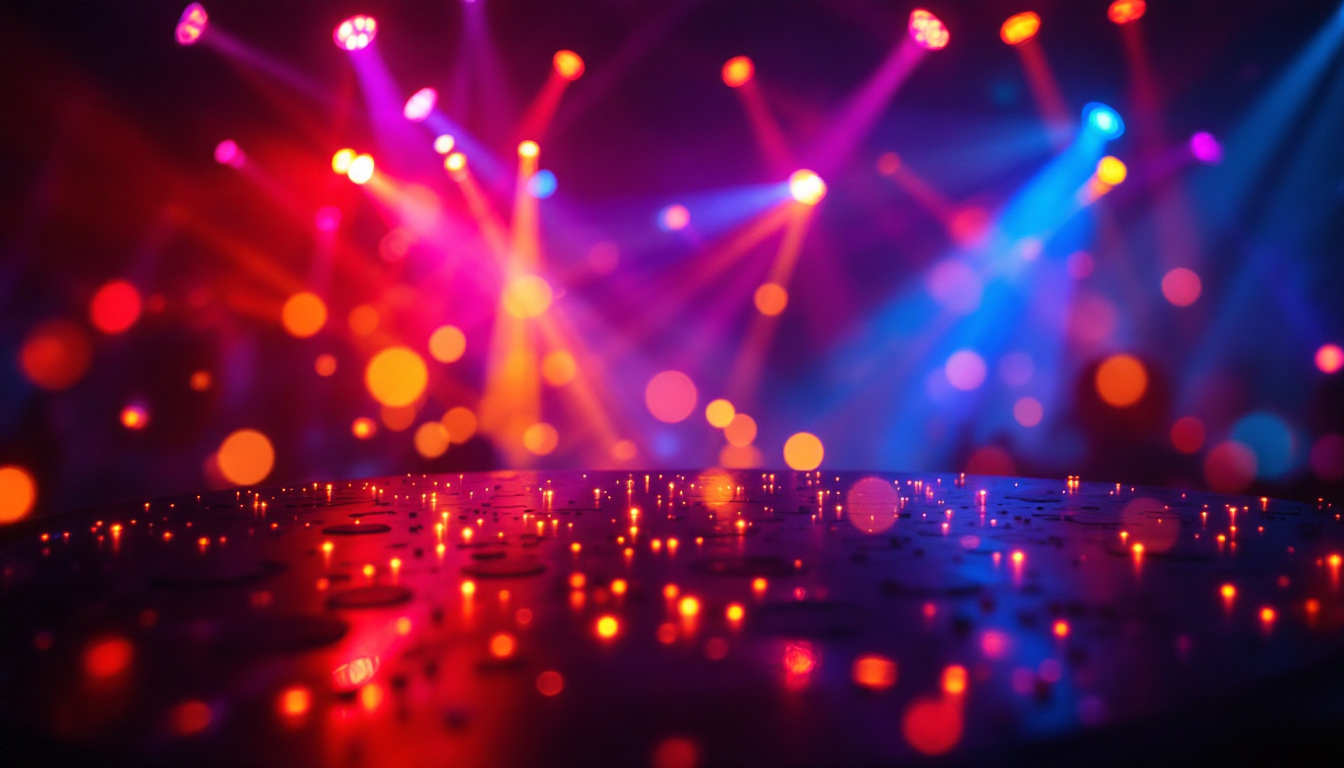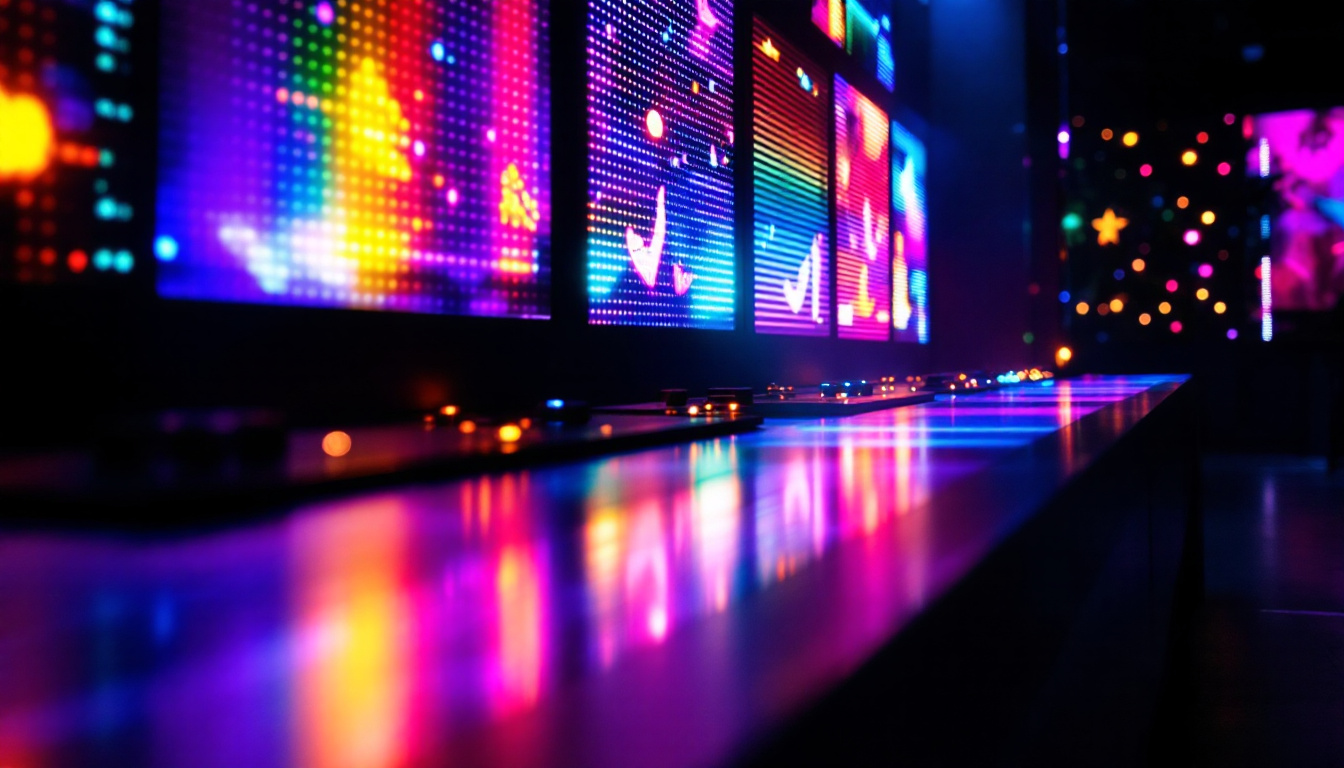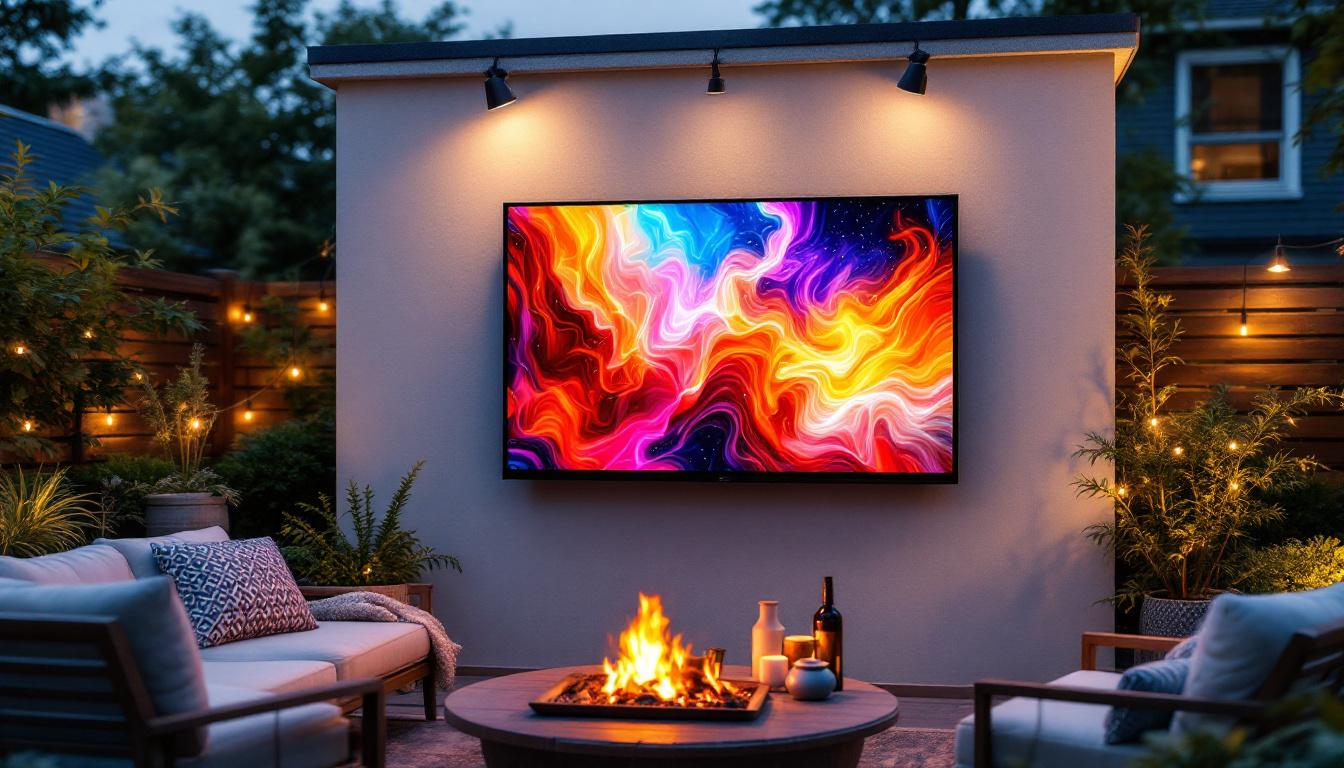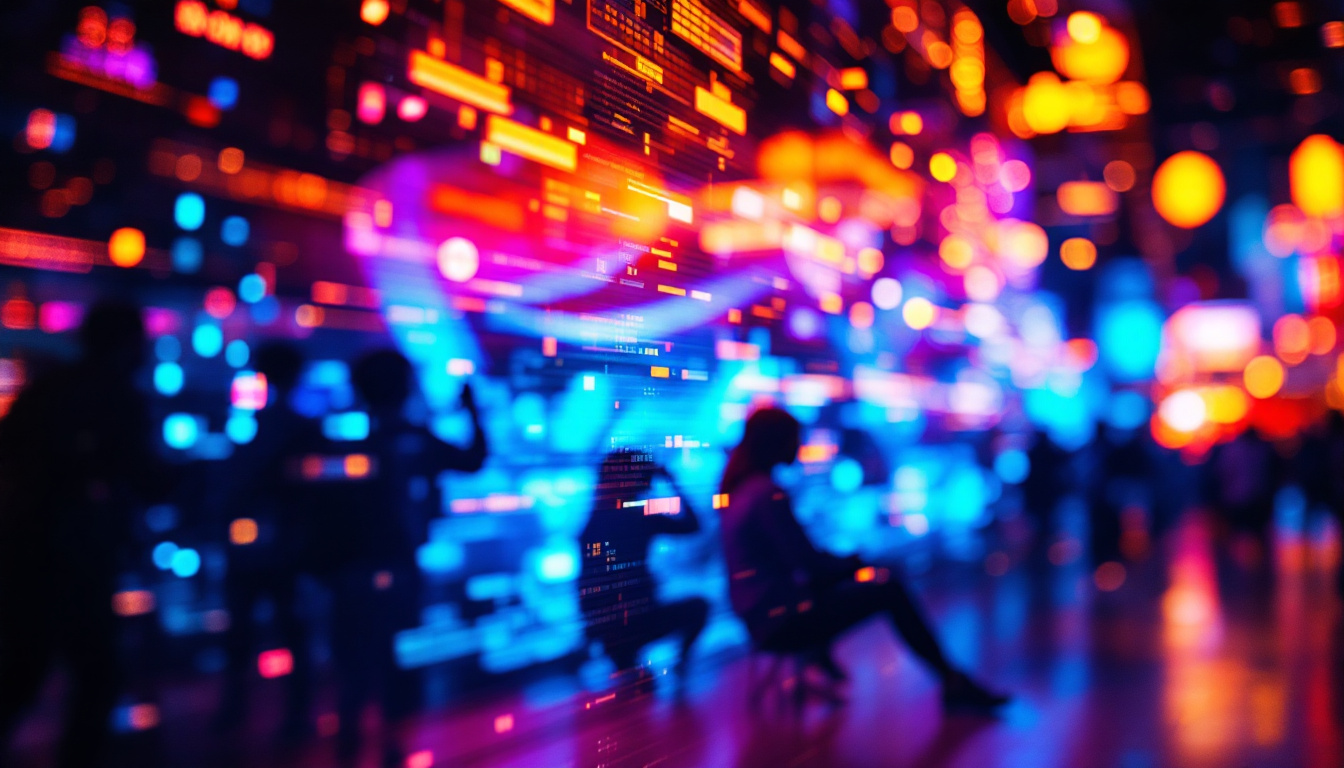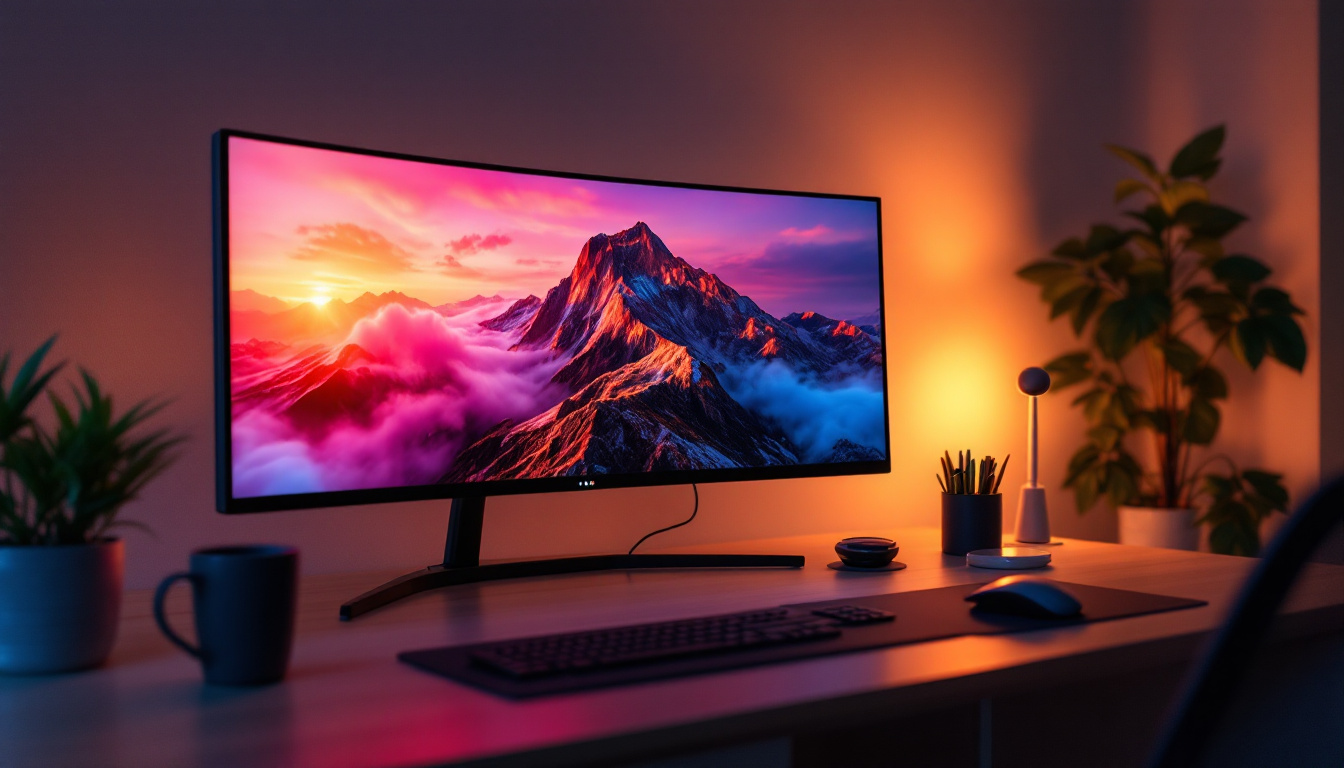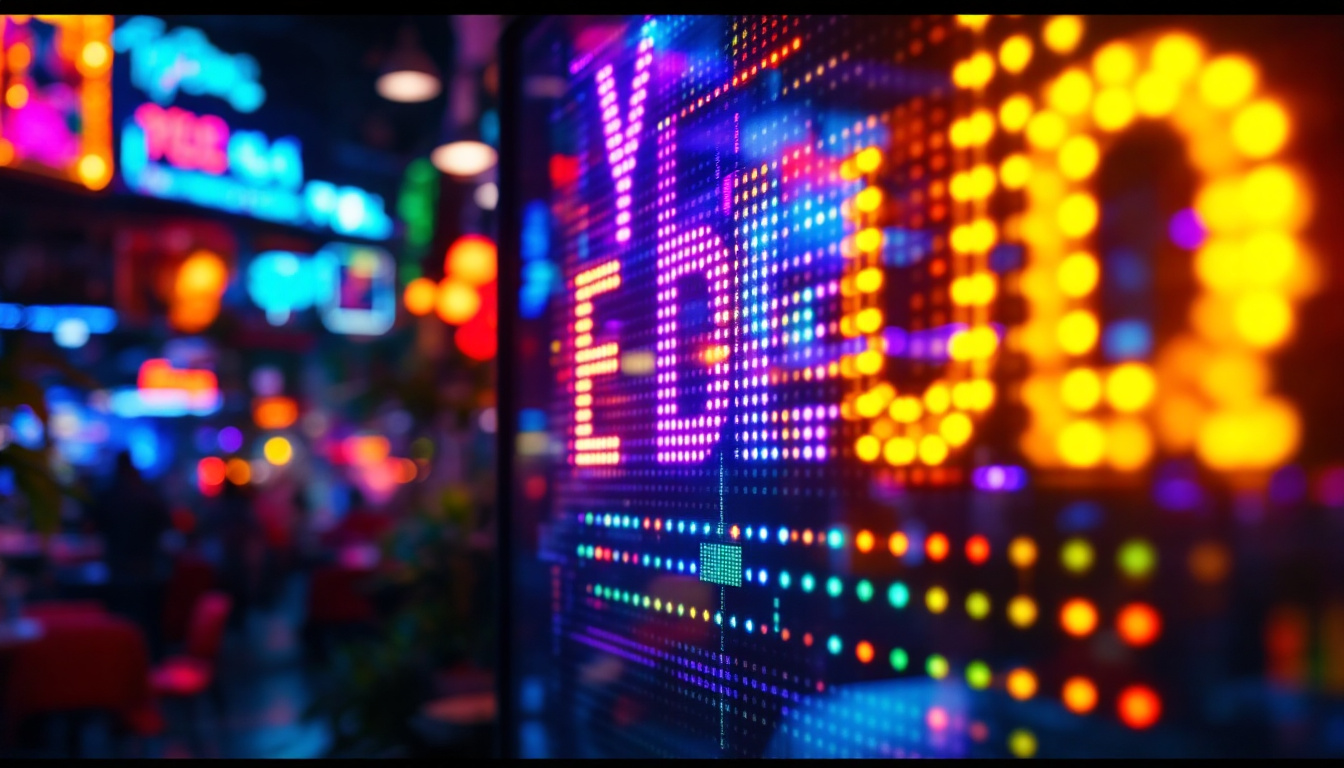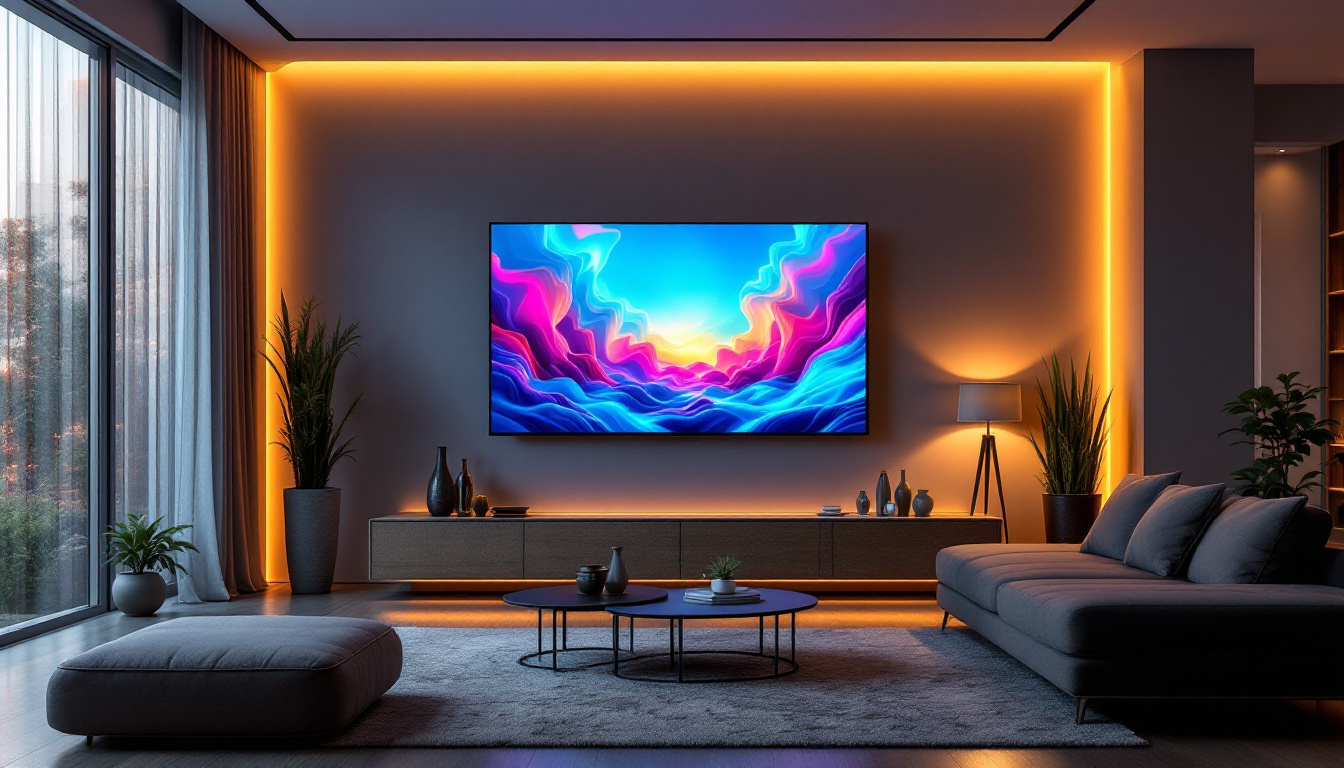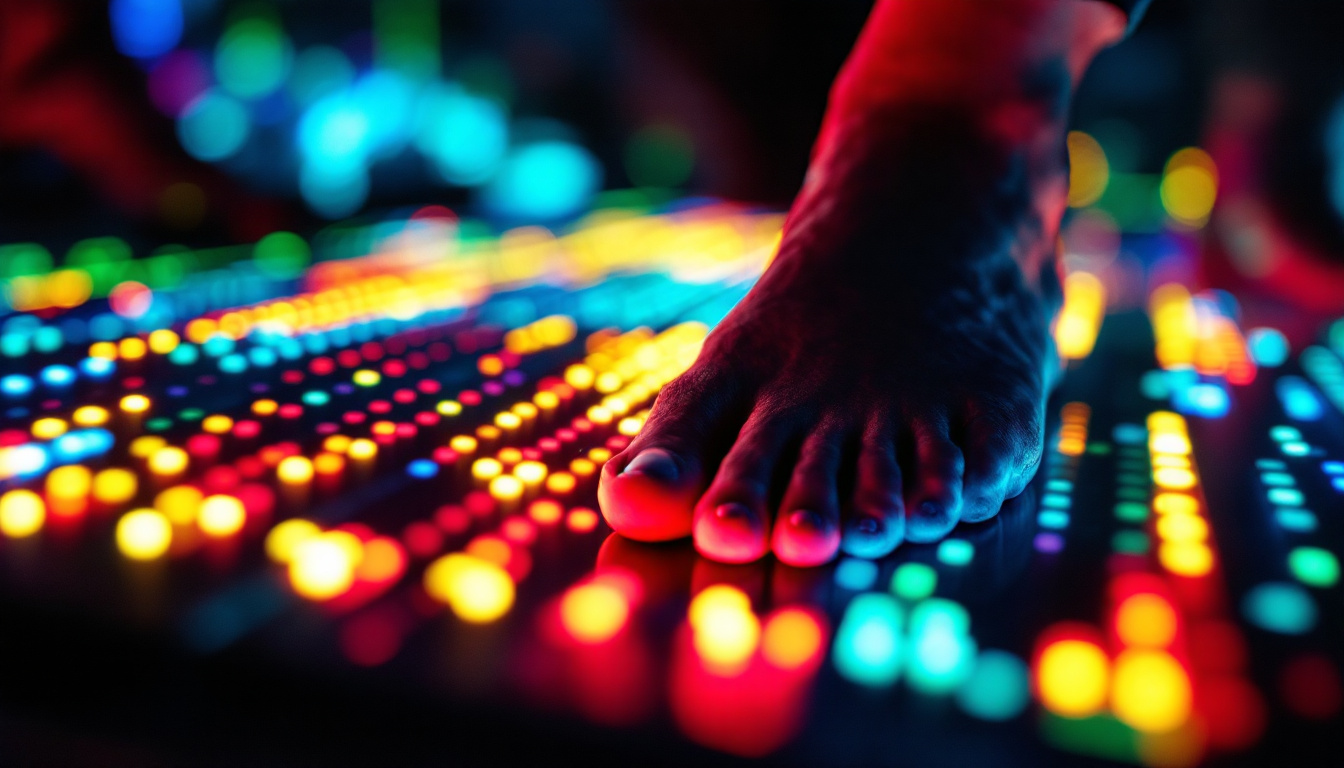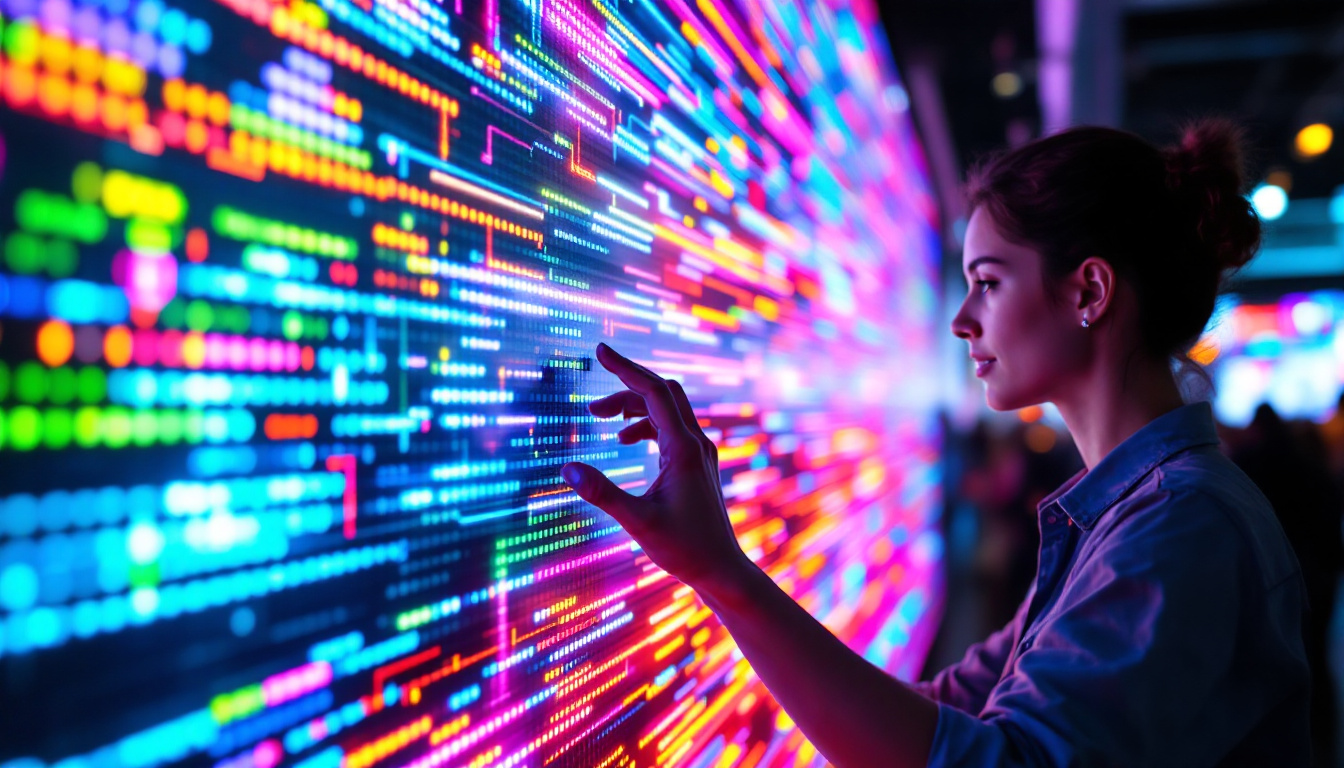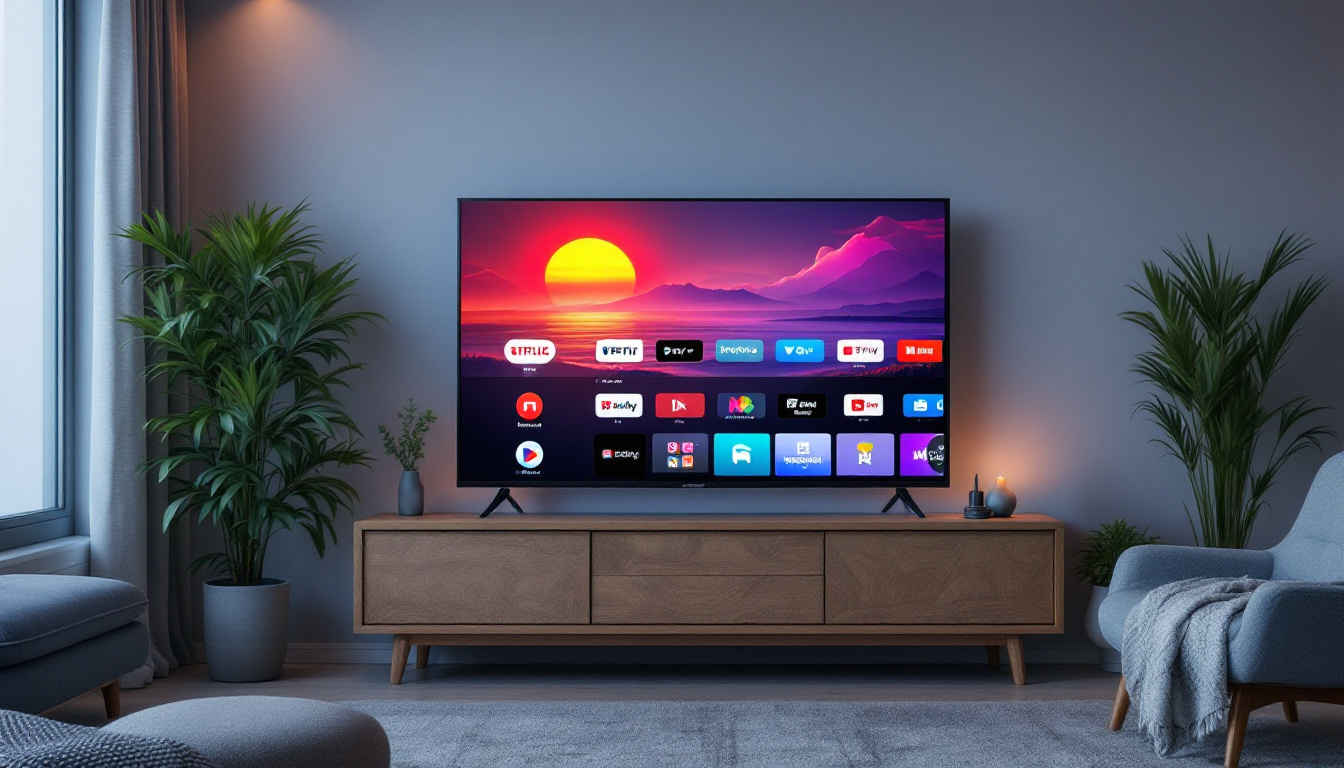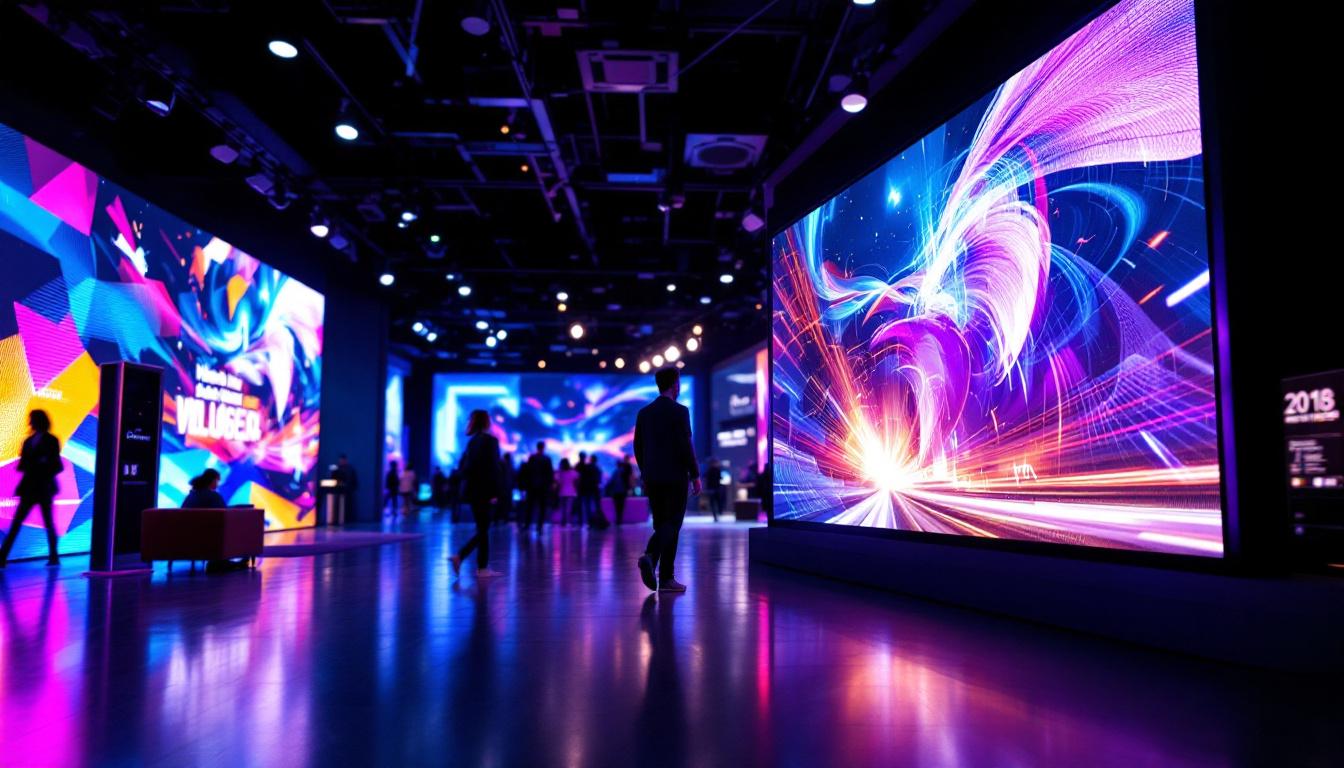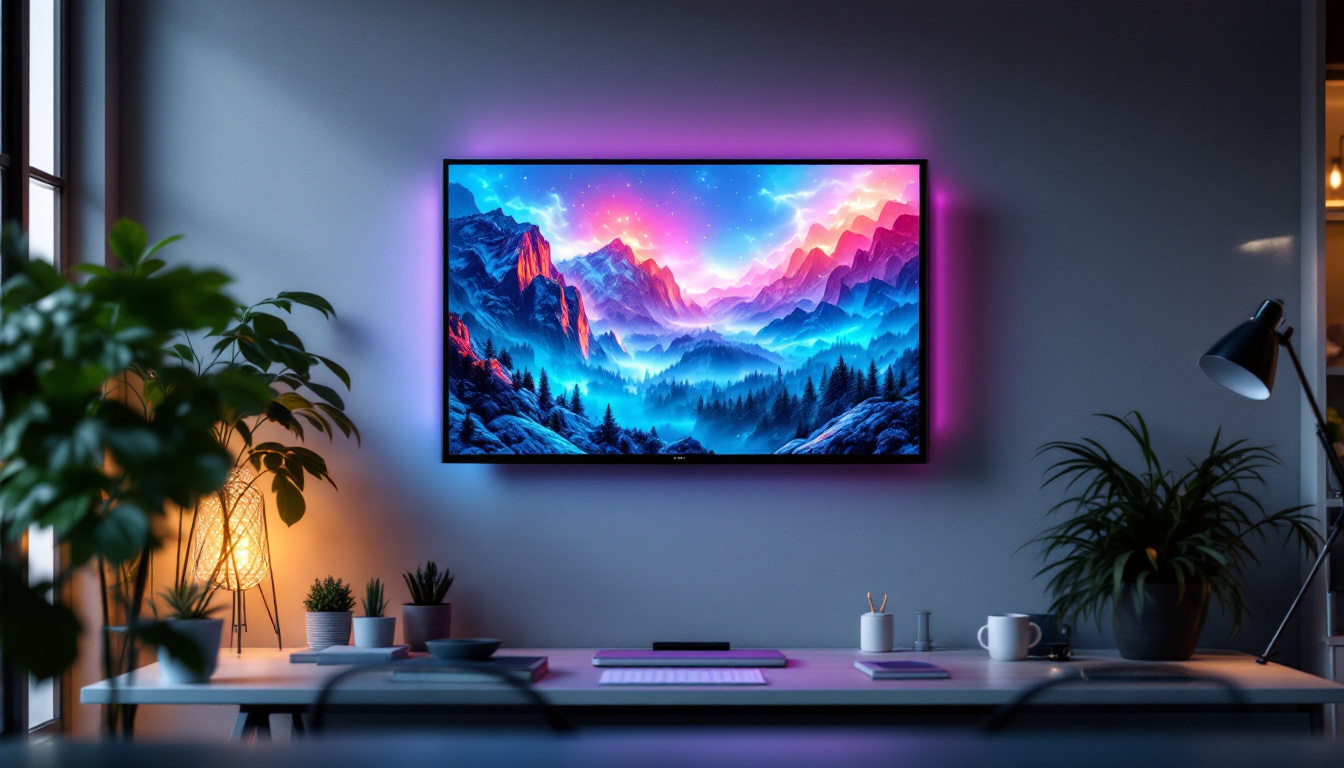In the ever-evolving world of technology, LED displays have emerged as a cornerstone of modern visual communication. From billboards to smartphones, the versatility and efficiency of LED technology have transformed how information is presented and consumed. This article delves into the intricacies of LED displays, exploring their functionality, applications, and the advantages they offer over traditional display technologies.
Understanding LED Technology
Light Emitting Diodes (LEDs) are semiconductor devices that emit light when an electric current passes through them. This fundamental technology is at the heart of LED displays, which utilize numerous individual LEDs to create vibrant images and videos. The simplicity of the LED design belies its profound impact on visual media. Over the years, the evolution of LED technology has not only transformed the way we perceive images but has also led to significant advancements in energy efficiency and longevity, making it a preferred choice in various lighting applications.
The Basics of LED Operation
At its core, an LED is composed of a chip made from a combination of materials known as semiconductors. When electricity flows through the semiconductor, electrons recombine with holes, releasing energy in the form of light. This process is known as electroluminescence. By varying the materials used in the semiconductor, LEDs can produce different colors of light, enabling the creation of full-color displays. The efficiency of this process means that LEDs consume significantly less power compared to traditional incandescent bulbs, which translates to lower energy bills and a reduced carbon footprint.
LED displays are typically made up of a matrix of these tiny light sources. Each pixel in an LED display consists of red, green, and blue (RGB) LEDs that can be mixed to produce a wide spectrum of colors. This RGB configuration allows for the creation of detailed images and videos, making LED displays suitable for various applications. Furthermore, the compact size of LEDs enables manufacturers to create thinner and lighter displays, paving the way for innovative designs in consumer electronics, such as ultra-slim televisions and portable devices.
Types of LED Displays
LED displays come in several types, each designed for specific applications. The most common types include:
- Direct View LED Displays: These displays are made up of individual LEDs that form the image directly. They are often used in large outdoor billboards and digital signage. Their high brightness and visibility in direct sunlight make them ideal for advertising and public information displays in urban environments.
- LED Backlit LCD Displays: In these displays, LEDs are used to illuminate an LCD panel from behind. This technology enhances brightness and color accuracy, making it popular for televisions and computer monitors. The use of LED backlighting has also allowed for thinner designs and improved energy efficiency over traditional fluorescent backlighting.
- Organic LED (OLED) Displays: OLED displays utilize organic compounds that emit light when electrified. They are known for their exceptional color quality and contrast, making them ideal for high-end televisions and smartphones. Additionally, OLED technology allows for flexible displays, opening up new possibilities for innovative product designs, such as curved screens and foldable devices.
In addition to these common types, there are also specialized LED displays, such as transparent LEDs, which are gaining popularity in retail environments. These displays allow for an unobstructed view of products behind the screen while still delivering vibrant visuals, creating a unique shopping experience. Moreover, advancements in microLED technology are paving the way for even smaller, more efficient displays that promise to revolutionize everything from wearables to large-scale installations.
Applications of LED Displays
The versatility of LED displays has led to their widespread adoption across various sectors. From advertising to entertainment, their applications are diverse and impactful.
Advertising and Marketing
One of the most prominent uses of LED displays is in advertising. digital billboards and signage have revolutionized how brands communicate with consumers. The ability to change content dynamically allows advertisers to tailor their messages based on time of day, audience demographics, or even current events. This flexibility not only enhances engagement but also maximizes advertising ROI.
Moreover, LED displays can be found in retail environments, where they are used to showcase promotions, product information, and interactive content. The bright, eye-catching visuals of LED technology help draw customers’ attention, creating a more immersive shopping experience.
Entertainment and Events
In the entertainment industry, LED displays play a crucial role in enhancing live performances. Concerts, festivals, and theater productions utilize large LED screens to display visuals that complement the performance. The high brightness and contrast of LED technology ensure that visuals remain vibrant, even in outdoor settings.
Additionally, sports venues have adopted LED displays for scoreboards, replays, and fan engagement. The ability to deliver real-time information and dynamic graphics enhances the spectator experience, making events more exciting and interactive.
Corporate and Educational Use
LED displays are increasingly being used in corporate environments for presentations and meetings. Their clarity and brightness make them suitable for large conference rooms, ensuring that all participants can see the content clearly. Furthermore, the integration of interactive features allows for more engaging presentations.
In educational settings, LED displays are becoming a staple in classrooms and lecture halls. They facilitate interactive learning experiences, allowing educators to present multimedia content that captures students’ attention and enhances understanding.
Advantages of LED Displays
LED displays offer numerous advantages over traditional display technologies, making them a preferred choice for many applications.
Energy Efficiency
One of the most significant benefits of LED technology is its energy efficiency. LED displays consume considerably less power than traditional incandescent or fluorescent displays. This not only reduces operational costs but also contributes to a smaller carbon footprint, making LED displays an environmentally friendly option.
Longevity and Durability
LED displays are known for their longevity, often lasting up to 100,000 hours or more. This durability makes them a cost-effective investment, as they require less frequent replacements compared to other display technologies. Additionally, LED displays are more resistant to shock and vibration, making them suitable for both indoor and outdoor environments.
High Quality and Versatility
LED displays provide exceptional image quality, with high brightness levels, rich colors, and excellent contrast ratios. This quality is particularly important for applications where visual impact is critical, such as advertising and entertainment. Furthermore, LED technology is versatile, allowing for various sizes and shapes, from small screens to massive video walls.
Challenges and Considerations
Despite their many advantages, there are challenges associated with LED displays that potential users should consider.
Initial Cost
While LED displays offer long-term savings through energy efficiency and durability, the initial investment can be significant. High-quality LED screens, especially large ones, can be more expensive than traditional display technologies. Organizations must weigh the upfront costs against the potential benefits to determine if an LED display is the right choice for their needs.
Viewing Angles and Distance
Another consideration is the viewing angle and distance. While LED displays offer excellent brightness and color, the quality of the image can diminish at extreme angles. This limitation is particularly relevant for large outdoor displays, where the viewing distance can vary widely. Understanding the intended audience and viewing conditions is essential for optimal placement and configuration.
Heat Generation
LED displays generate heat during operation, which can affect performance if not managed properly. Adequate ventilation and cooling systems are necessary to ensure that the display operates efficiently and maintains its longevity. This requirement adds another layer of complexity to the installation and maintenance of LED displays.
Future Trends in LED Display Technology
The future of LED display technology is promising, with ongoing advancements poised to enhance performance and expand applications.
MicroLED Technology
MicroLED technology represents the next evolution in LED displays. Unlike traditional LEDs, which are larger and require a matrix configuration, MicroLEDs are tiny individual pixels that can be assembled into larger displays. This technology offers several advantages, including improved resolution, flexibility in design, and better energy efficiency.
MicroLED displays have the potential to revolutionize various sectors, from consumer electronics to large-scale advertising. Their ability to create seamless, high-resolution images makes them an exciting development in the world of visual technology.
Integration with Smart Technology
As smart technology continues to permeate everyday life, LED displays are increasingly being integrated with smart systems. This integration allows for enhanced interactivity, real-time data display, and improved user experiences. For instance, smart LED displays can connect to the internet to receive updates, display live content, and even interact with users through touch or gesture recognition.
Advancements in Color Accuracy and Brightness
Future developments in LED technology are also focused on enhancing color accuracy and brightness levels. Innovations in materials and manufacturing processes are expected to yield displays that deliver even more vivid colors and greater brightness, making them suitable for a wider range of applications and environments.
Conclusion
LED displays have fundamentally changed the landscape of visual communication, offering unparalleled advantages in energy efficiency, longevity, and image quality. Their diverse applications across advertising, entertainment, corporate, and educational sectors highlight their versatility and impact. While challenges exist, ongoing advancements in technology promise to address these issues and expand the potential of LED displays even further.
As the demand for high-quality visual content continues to grow, LED displays will undoubtedly remain at the forefront of innovation, shaping how information is presented and experienced in the digital age.
Explore the Future of Visual Communication with LumenMatrix
Ready to elevate your visual presence and engage your audience like never before? Discover LumenMatrix’s innovative LED display solutions, where cutting-edge technology meets creative design. From captivating Indoor and Outdoor LED Wall Displays to dynamic Vehicle and Sports LED Displays, LumenMatrix offers a wide array of options to fit your unique needs. Experience the revolution in digital signage with our All-in-One LED Displays, LED Transparent Displays, and more. Embrace the power of advanced LED technology and transform your visual communication strategy. Check out LumenMatrix LED Display Solutions today and see your vision come to life.


